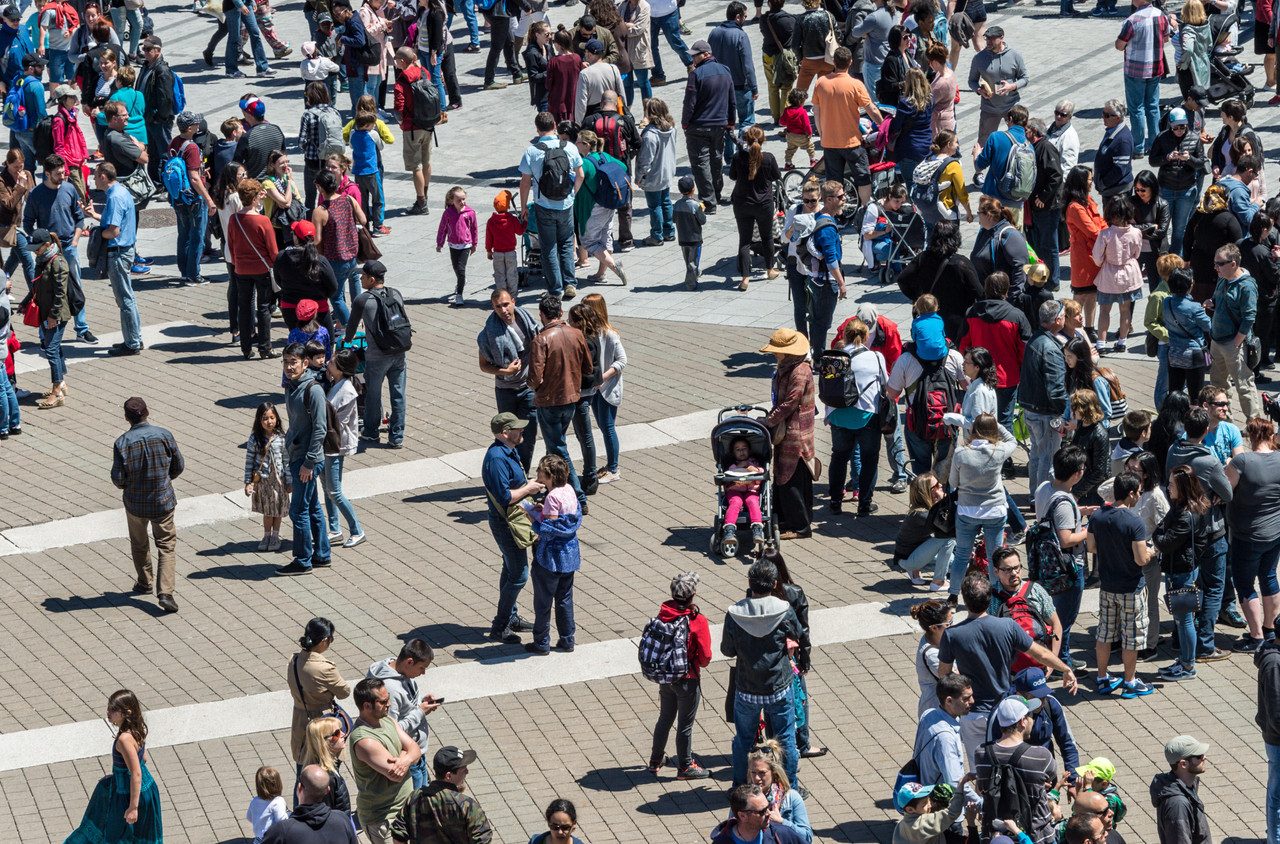On 11 July, World Population Day, the UN released a projection indicating that after the global population reached 7 billion in 2011, the 8 billion mark will be reached in 2022. The organisation used the opportunity to remind of the inequalities between different populations around the world.
“Progress is not universal, throwing inequality into razor-sharp relief. The same concerns and challenges raised 11 years ago remain or have worsened: Climate change, violence, discrimination. The world reached a particularly grim milestone in May: More than 100 million forcibly displaced worldwide,” a UN press release reads.
But, the situation should not stop citizens of the world of investing in bridging the inequality gap. “Reaching a global population of 8 billion is a numerical landmark, but our focus must always be on people. In the world we strive to build, 7 billion people means 7 billion opportunities to live dignified and fulfilled lives,” says UN secretary general António Guterres in a tweet.
While it took hundreds of thousands of years to reach the first billion, the growth of the world’s population has increased exponentially. Despite a decrease in many first world countries. In 2030, earth is expected to be the home of 8.5bn people, a number that should climb to 9.7bn in 2050. According to the UN report, India should also surpass China as the most populous country on earth in 2023.
This growth will bring challenges, as can already be seen in the grand duchy. Here, the by 10,667 residents in just one year, reaching a total of 645,397 residents in 2021. This risks creating a strain on infrastructures in the health and mobility sectors for instance.
Data released by indicated that EU’s population has in fact decreased in 2021, from 447 million on 1 January 2021 to 446.8 on 1 January 2022.
Read also
